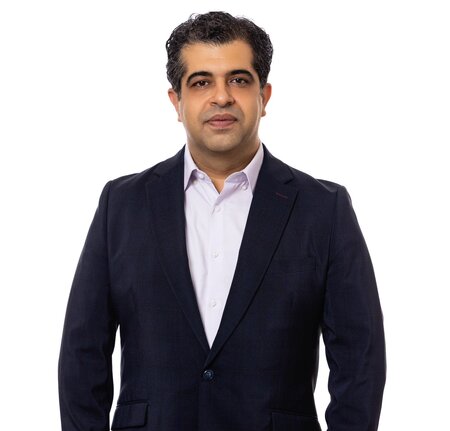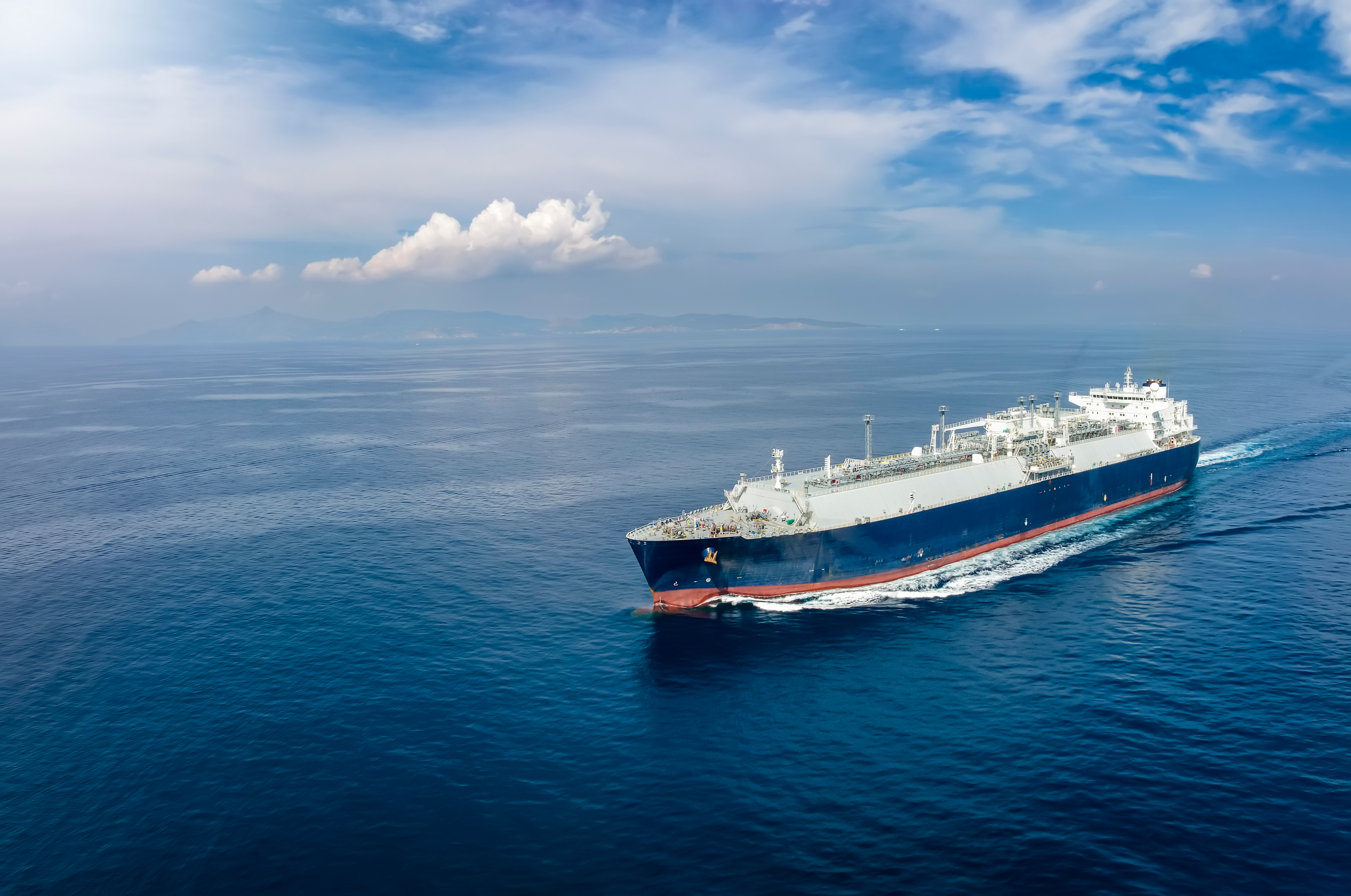Members with ships calling at certain Far East ports are reminded that between May and October, they will need to ensure their vessels are inspected and certified free from Flighted Spongy Moth Complex (FSMC) prior to departure. This measure is intended to minimise the risk of regulatory action upon arrival in countries where this pest is not native.
The countries known to carry out seasonal pest inspection measures are: United States, Canada Australia, New Zealand, Chile and Argentina.
US and Canada
The Canadian Food Inspection Agency (CFIA) and the United States Department of Agriculture (USDA) issued a joint FSMC bulletin in February 2025, warning about the potential outbreak levels of this pest in 2025. In addition to obtaining FSMC certification, they recommend exercising extra vigilance during self-inspections.
Vessels that are scheduled to call at the FSMC regulated areas during the specified risk periods, as outlined in the table below, need to be inspected and certified free of FSMC by a recognised certification body. The inspection should ideally be conducted during daylight hours and on the same day as departure.
Country | Ports / Prefecture | Specified Risk Period |
Russian Far East | Nakhodka, Ol’ga, Plastun, Pos’yet, Russkiy Island, Slavyanka, Vanino, Vladivostok Vostochny, Zarubino, Kazmino | 15 June to 15 October |
China | All ports in northern China, including all ports on or north of 31º 15'N | 1 June to 30 September |
South Korea | All ports | 1 June to 30 September |
Japan - Northern | Akita, Aomori, Fukushima, Hokkaido, Iwate, Miyagi, Yamagata | 15 June to 15 October |
Japan - Central | Aichi, Chiba, Fukui, Ibaraki, Ishikawa, Kanagawa, Mie, Niigata, Shizuoka, Tokyo, Toyama | 1 June to 30 September |
Japan - Western | Ehime, Fukuoka, Hiroshima, Hyogo, Kagawa, Kagoshima, Kochi, Kumamoto, Kyoto, Miyazaki, Nagasaki, Oita, Okayama, Osaka, Saga, Shimane, Tokushima, Tottori, Wakayama, Yamaguchi | 15 May to 31 August |
Japan - Far Southern | Okinawa | 25 May to 30 June |
While en route to North America, the crew are recommended to perform self-inspections and properly dispose of, or destroy all egg masses and other life forms of FSMC. At least 96 hours prior to entering in a North American port, vessels are required to provide two-year port of call data to local agents who will ensure that this information is provided to U.S. or Canadian officials.
Australia
In Australia, the biosecurity programme (including FSMC), is managed by the Department of Agriculture, Fisheries and Forestry (DAFF). The heightened surveillance period for Australian ports is between January and May each year, and the regulated areas include ports in Russia only:
Country | Ports / Prefecture | Specified Risk Period |
East Russia | All ports between 40°N and 60°N latitude and west of 147°E longitude | 1 July to 30 September |
Vessels that have called regulated area in the previous two calendar years are required to submit pre-arrival information through the Maritime Arrivals Reporting System (MARS). Upon submission of the pre-arrival report, targeted vessels receive an FSMC questionnaire. The vessel is then assessed by the Australian authorities to determine the need for FSMC inspection and notified if a targeted FSMC inspection is required as part of their first port arrival formalities.
New Zealand
The Ministry for Primary Industries (MPI) is the competent authority dealing with FSMC regulations in New Zealand. Their policy is aligned with that of U.S. and Canada. However, only vessels that have visited regulated areas during the specified risk period in the past 12 months (compared to 24 months elsewhere) are required to present a valid pre-departure FSMC free certificate.
A copy of this certificate and the list of ports the ship called at in the last 12 months should be sent to MPI at least 48 hours before arrival.
Ships that do not have the FSMC certificate may need to undergo an inspection at the specific port determined by MPI, or potentially 4 nautical miles offshore at an agreed location in cases where the risk is deemed as very high.
Chile
The Chilean Agriculture and Livestock Service (SAG) is the agency responsible for enforcing the FSMC policy. Their policy is aligned with that of U.S. and Canada. Ships that have visited regulated areas during a specified risk period within the last 24 months are required to provide SAG, at least 24 hours in advance, a list of the ports they visited during that time, together with an FSMC free certificate issued at the last port in the regulated area.
Argentina
The Argentinian National Service for Health and Agrifood Quality (SENASA) is the competent authority dealing with FSMC regulations. Their policy is partially aligned with that of U.S., Canada and Chile – the specified risk periods are the same; however, their definition of regulated areas in the Far East includes all ports located between 20°N and 60° N latitude. All Chinese ports are included in the regulated areas, and there are some changes in the definition of Japanese prefectures. See table below:
Country | Ports / Prefecture | Specified Risk Period |
Eastern Russian | Petropavlovsk-Kamchatskiy, Vanino, Nevelsk, Kholmsk, Korsakov, Kozmino, Slavyanka, Posiet; Zarubino, Vostochny, Nakhodka, Vladivostok | 15 June to 15 October |
China | All ports | 1 June to 30 September |
South Korea | Busan, Jinhae, Masan, Tongyeong, Jangseongpo, Okpo, Gohyeon, Incheon, Pyeongtaek-Dangjin, Daesan, Taean, Donghae-Mukho, Okgye, Hosan, Ulsan, Pohang, Gwangyang, Hadong, Samcheonpo, Yeosu, Gunsan, Mokpo, Boryeong | 1 June to 30 September |
Japan - Northern | Aomori, Fukushima, Hokkaido, Iwate, Miyagi | 15 June to 15 October |
Japan - Western | Akita, Yamagata, Niigata, Toyama, Ishikawa | 1 June to 30 September |
Japan - Eastern | Fukui, Ibaraki, Chiba, Tokyo, Kanagawa, Shizuoka, Aichi, Mie | 1 June to 30 September |
Japan - Southern | Ehime, Fukuoka, Hiroshima, Hyogo, Kagawa, Kagoshima, Kochi, Kumamoto, Kyoto, Miyazaki, Nagasaki, Oita, Okayama, Osaka, Saga, Shimane, Tokushima, Tottori, Wakayama, Yamaguchi | 15 May to 31 August |
Japan - Far Southern | Okinawa | 25 May to 30 June |
Ships that have visited regulated areas during a specified risk period in the last 24 months are required to provide SENASA with a list of ports together with a copy of the FSMC free certificate issued by a recognised organisation at the last port in the regulated area.
Additionally, ships that visited regulated areas outside of specified risk periods within the last 24 months, are also required to provide a list of ports at least 72 hours before the ship’s arrival at an Argentinian port.
SENASA may conduct FSMC inspections based on their risk assessment.
Tips and tricks for dealing with the FSMC this season
Inspecting vessels for egg masses, and their subsequent removal and disposal, are crucial in preventing the establishment of FSMC in new regions.
Some destination countries require vessels that have visited high-risk areas during the flight season to be inspected and certified free of FSMC by a designated authority before departure. If no signs of FSMC infestation are found, the authority will issue a certificate stating the vessel is free of FSMCs.
This certificate may be titled "Certificate of Inspection of Freedom from the Flighted Spongy Moth Complex" or "Phytosanitary Certificate," depending on the issuing authority.
If multiple ports in the same country or different countries within the high-risk area are visited during the flight seasons, the official inspection should be conducted immediately before departing from the last port in the high-risk area during the applicable flight season.
Regardless of the requirement for an official inspection, vessels are advised to take following preventive measures to mitigate the risk of infestation when calling at ports in high-risk areas during the FSMC flight season:
- Before departing from a high-risk port, conduct a thorough visual inspection of all accessible areas of the vessel’s superstructure, decks, holds, cargo, and cargo gear. Perform another detailed visual inspection while en route to the destination port.
- Egg masses are often found in sheltered locations such as crevices, cavities, under tarps, behind doors or pipelines, around light fixtures, and underneath the hatch coamings. Female FSMCs, attracted to light, may lay their egg masses on surfaces of the vessel exposed to night lights.
- To inspect difficult-to-reach areas of the vessel’s superstructure, such as the underside of bridge wings, use binoculars. Similarly, a small mirror attached to a stick can be used to inspect areas that are hard to see, like behind pipework next to the hatch coaming.
- If you find any egg masses, scrape them off and destroy them in alcohol, boiling water, or by incineration.
- Do not paint over them, as this will not kill them. Similarly, avoid using high-pressure water guns to remove them, as some eggs may be washed overboard, and immersion in saltwater does not kill them.
- Record details of all visual inspections and the removal and disposal of FSMC eggs in the vessel’s deck logbook.
Charter party clause
Members are recommended to refer to the BIMCO Flighted Spongy Moth Complex Clause for Time Charter Parties 2023, which aims to provide a commercial solution on the basic obligations and responsibilities of the owners and charterers when dealing with the Spongy Moth Season.





